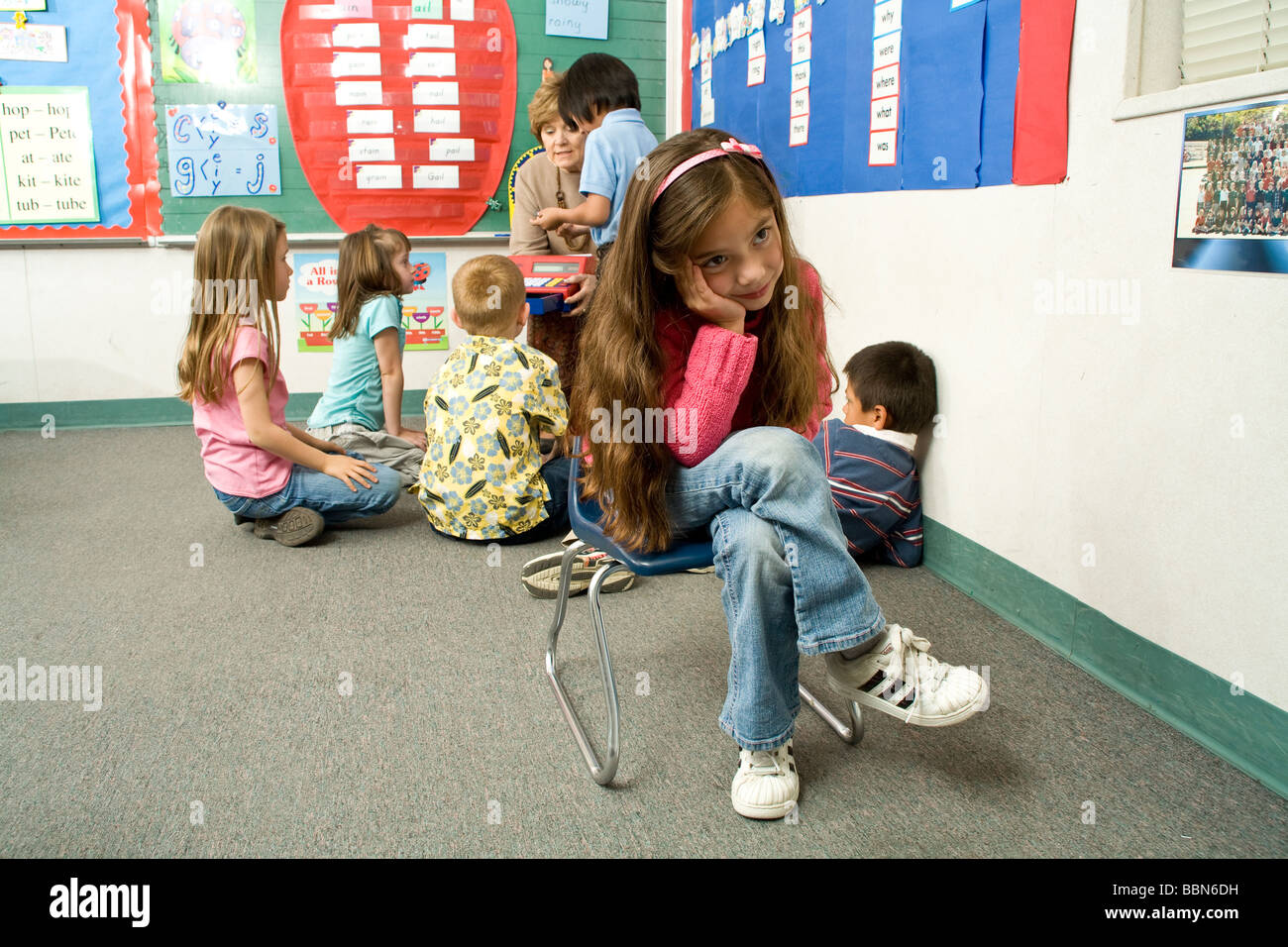

Possible benefits of the calm down corner In short, it’s all about intent - and more importantly, the child’s perception of that intent. If you must discipline, remember that discipline is not punishment.We've been hearing a lot about the "calm down corner" as a more peaceful alternative to the "time out" or "naughty step," but are we really just dressing up the same punishment to make it sound better? In the end, what works better than all of the above is to catch your kids being good: Show them and tell them, publicly and privately, how much that good behavior means to you. If your child is verbal, but a bit thin-skinned, separating them and talking them through what happened will probably work better than a time-out. To give your child more control, you might vary the pattern by letting them choose the amount of time to put on the timer. If that is insufficient, sit next to him quietly until time is up.ĭon't be afraid to customize time-outs to your needs. Tell him he needs some thinking time, and set the timer. Keep it short and sweet - the longer the harangue, the less it is remembered. After the misbehavior, escort him to a neutral "corner." Review the family rule in question. You thought you were ready, but you weren't quite - back you go."įor kids a little older, who can reason more maturely, have some appreciation of time, and need a little bit more structure: If they get up prematurely, lightly say, "Uh oh, you made a mistake.

Don't end the banishment by saying she can "get up now," because then the lesson is about pleasing you rather than reflecting on what she did wrong. She can get up when she is ready to pick up what she threw.
Time out corner free#
This ideally is in a neutral "corner," like a hallway, entry place, or staircase free of distractions, NOT the child's room. If this doesn't work, it's time for them to go to the time-out seat. If you don't get a reaction, give your child one warning, and only one. Then remind them about your family rules. This is also a good time to explain your family rules and values regarding behavior.įor older kids who have begun to show a little self-awareness and self-control (again for the big stuff, like throwing a toy intentionally in frustration or anger):įirst, make eye contact to see if your attention will stop them. The tone of your voice and gentle firmness of your touch conveys as much as your words at this age, so practice this. If that is insufficient, carry them to a quieter place, face them on your lap and, in 25 words or less, describe what just happened and why they need to stop. Here's what to do after that milestone.įor the big stuff, like hitting or biting or throwing stuff around:įirst, try to get their attention by showing them the problem using your touch or gentle restraint, letting them know the victim has some feelings, too. Before 18 months, distraction and removal still work best.

Here is an age-specific guide for disciplining your children. It usually leaves few resentments or grudges, preserves self-regard, and calms parent and child. It humiliates and hurts the child, and teaches that physical intimidation is the real way to get what you want. Most of the time it's a parental temper tantrum. Your companionship and positive attention to your kids is the time-in that makes time-out work.Īs far as spanking is concerned, forget it. The rewards I'm talking about are not goodies they are time and attention from you. Rewards, on the other hand, are usually pleasant and create energy. Punishment, such as time-out, always has the potential to increase fear, especially in younger kids, and it saps parents' energy. Part of the problem is in failing to adapt this occasionally useful technique to the age of the child.
Time out corner how to#
However, there is plenty of confusion about when and how to use it most effectively. Time-out has been a common form of discipline among parents with young and school-age kids for a long time.


 0 kommentar(er)
0 kommentar(er)
